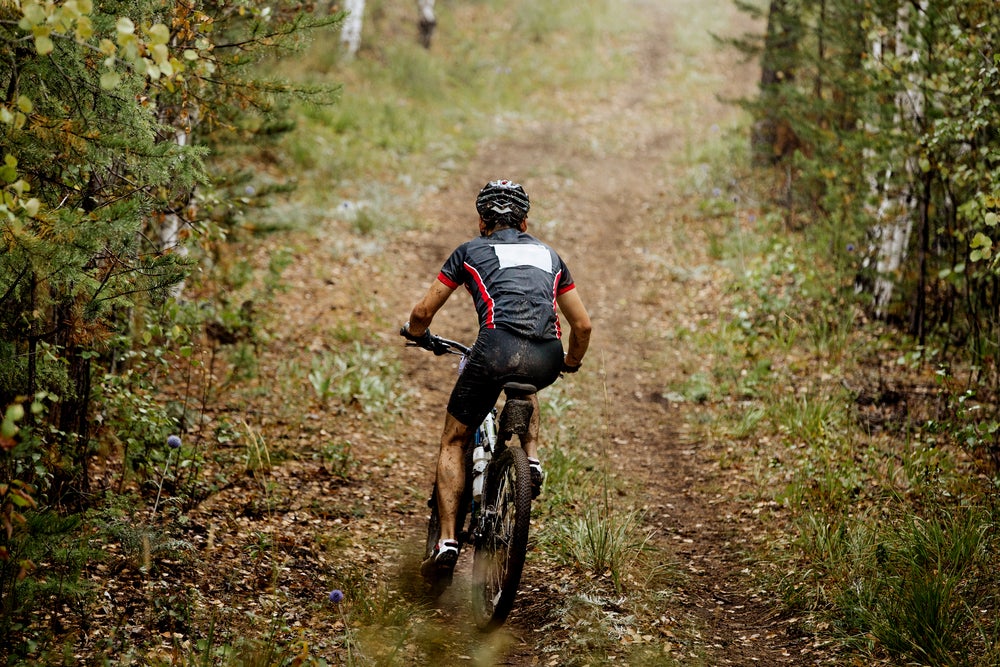Work On Your Pedaling Skills To Become A Better Cyclist

Photo: Shutterstock.com
Basketball players know that you can’t scrimmage every practice, so to get better, they work on the basic elements of the game such as dribbling, free throws and footwork. Likewise, triathletes should work to improve their cycling technique. While most do so frequently with swimming and running drills, the more subtle pedaling skills tend to get overlooked.
In training, incorporate skill sessions that will produce speed gains and improve your chances of avoiding injury when you shift back to the big ring.
RELATED: 2 Cycling Workouts To Improve Cadence
Spin circles, not squares.
It seems simple enough, but most triathletes can improve dramatically in this area. Here’s how:
• Ride off-road, preferably uphill. Mountain bikers have the truest spin of all cyclists, and that has a lot to do with the inconsistent and loose terrain on which they ride. In the off-road environment you are forced to produce your power as smoothly as possible with proper fore-aft balance or you risk losing traction. These skills will transfer nicely once you’re back on pavement. Use a mountain or cyclo-cross bike if you have one, but don’t hesitate to take your road or tri bike onto a well-maintained dirt road.
• Do one-leg drills. Try these on the indoor trainer first, and then progress to outdoors on a safe, flat stretch of road. Snap out one shoe from the pedal and aim to do 30–60 seconds in a very easy gear. You’ll quickly learn how unskilled you are at pedaling a full circle, especially on the upstroke. Do five sets with each leg to develop neuromuscular patterning, hip flexor and hamstring strength and coordination. Note that your goal isn’t to produce any power during this phase (you can’t), but rather to focus solely on driving the bike forward without also lifting the off leg at the same time.
RELATED: At-Home Time-Efficient Strength For Cycling
Focus on form.
Include periodic 30-second “form checks” during each ride with critical attention to these areas:
• Drop the heel as you come over the top (12 o’clock) and begin the phase that produces the most power. This will engage the hamstring muscles as well as the quads and glutes.
• Point the toe at the bottom (6 o’clock) to recruit the calf muscles. The comparison to “scraping mud off the soles of your shoes” still applies.
• Make each knee rise and drop like a set of pistons in an engine—straight up and down without any noticeable wobbling.